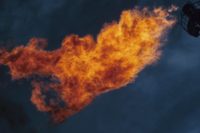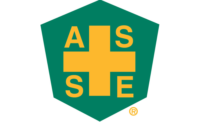 A U.S. Bureau of Labor Statistics report released last week that showed little change in occupational fatality figures from 2009 to 2010 is no cause for celebration, says the American Society of Safety Engineers (ASSE).
A U.S. Bureau of Labor Statistics report released last week that showed little change in occupational fatality figures from 2009 to 2010 is no cause for celebration, says the American Society of Safety Engineers (ASSE).
“A statistical plateau of worker fatalities is not an achievement but evidence that this nation’s effort to protect workers is stalled,” said ASSE President Terrie S. Norris, CSP, ARM. CPSI. Norris said the fact that worker deaths are not decreasing despite the dedicated efforts of the safety community “should be a call for action, not complacency – especially at an economically challenging time when some of the most dangerous industries are not at full employment.”
Norris criticized the politically charged approach to occupational safety and health that in recent years has failed to advance worker protections. “This oppositional approach leaves too many of this nation’s workplaces mired in efforts that do not achieve better safety but merely meet the most minimal standards for safety. That needs to change.
“Instead of a tug of war over compliance to prescriptive standards that cannot address each workplace, this nation’s approach to workplace safety must encourage a specific dialogue about the most important risks in each workplace that engages employers, workers and OSHA in a cooperative effort to address those risks, supported not only enforcement but by NIOSH research and education resources.”
Norris reiterated ASSE’s support for an OSHA injury and illness prevention program (I2P2) standard. “This standard, if done well, can begin to move OSHA’s focus from prescriptive approaches to safety to risk-based and more cooperative efforts.”
As examples of measures that could improve occupational safety in the U.S., Norris cited the ASSE’s establishment of a Risk Assessment Task Force and a Sustainability Task Force, as well as the federal occupational safety and health reform bill, which he described as “a platform for compromise” that addresses inadequacies of the four-decades-old OSH Act by helping make the standard-setting process work and allowing the adoption of updated permissible exposure limits (PELs).



